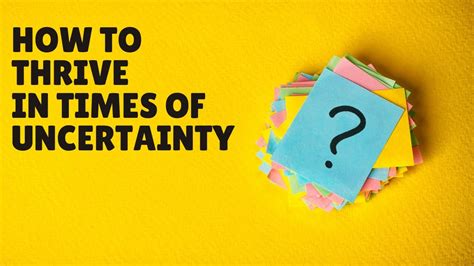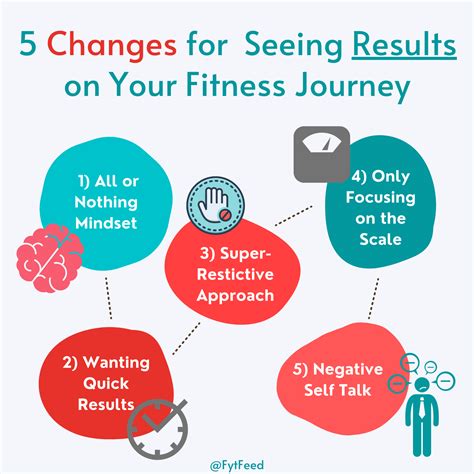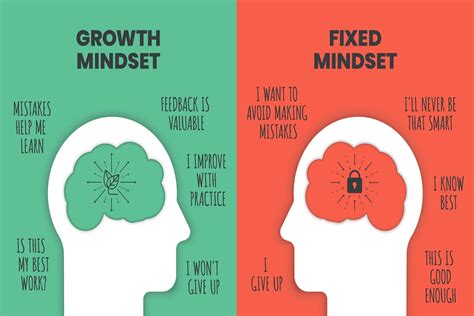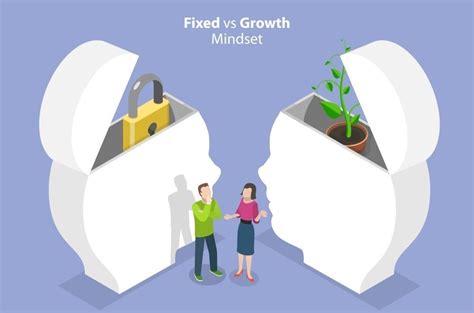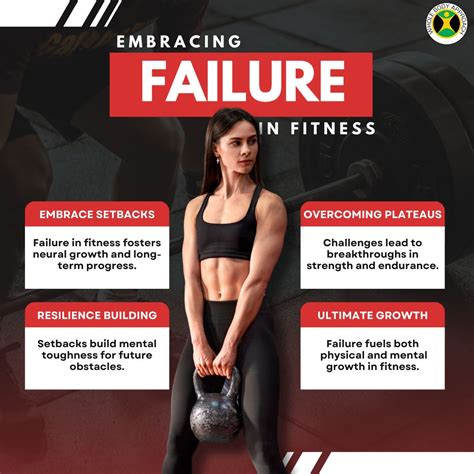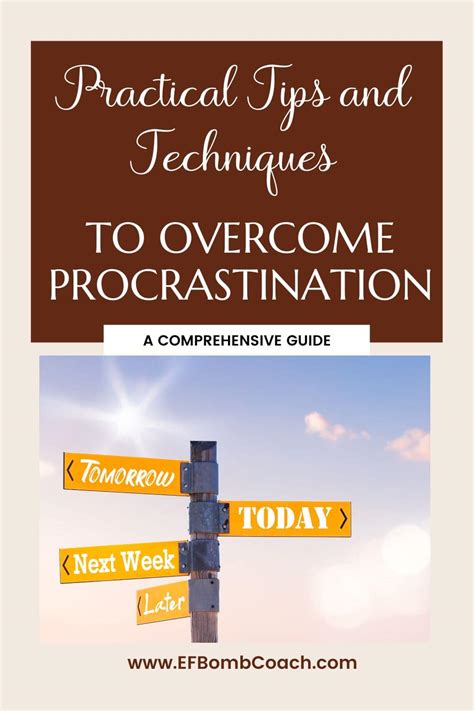In a world increasingly characterized by volatility, uncertainty, complexity, and ambiguity (VUCA), merely being resilient is no longer enough. Resilience helps us bounce back; but what if we could not only withstand shocks but actually improve because of them? This is the essence of an antifragile mindset – a concept introduced by Nassim Nicholas Taleb, which describes things that gain from disorder.
Understanding Antifragility: Beyond Resilience
Antifragility is not merely the opposite of fragility. Fragile items break under stress; robust items resist stress; but antifragile items *thrive* and grow stronger when exposed to stressors, volatility, and uncertainty. Think of the human immune system that gets stronger after exposure to pathogens, or a muscle that grows bigger after being strained.
This powerful concept offers a new lens through which to view common life challenges, particularly in areas like financial stability and physical fitness, where stress and plateaus are inevitable.
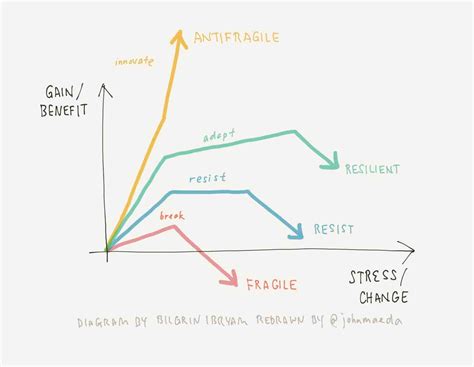
Conquering Financial Stress with Antifragility
Financial markets are inherently volatile, and personal financial journeys are often fraught with unexpected expenses, income fluctuations, or economic downturns. A fragile financial approach might involve putting all your eggs in one basket or having no emergency fund. A resilient approach builds a safety net. An antifragile approach, however, seeks to benefit from the very chaos that derails others.
Strategies for Financial Antifragility:
- Diversify Income Streams: Don’t just rely on one job. Develop multiple skills, freelance, or invest in side hustles. When one stream falters, others can pick up the slack, and you learn valuable lessons about new markets.
- Build Optionality: This means having choices. Save aggressively to create a buffer that allows you to take calculated risks, invest in education, or change careers without immediate panic. The more options you have, the less vulnerable you are to single points of failure.
- Stress-Test Your Finances: Periodically review your budget and investments under various hypothetical crises (e.g., job loss, market crash). This prepares you mentally and practically, helping you identify weak points and build in redundancy.
- Learn from Volatility: Instead of fearing market drops, view them as learning opportunities. Understand the underlying causes, adjust your strategies, and identify potential long-term value.
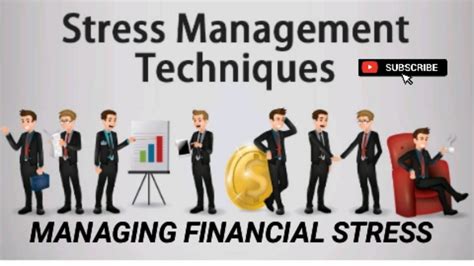
Breaking Fitness Plateaus Through Antifragility
Every fitness journey eventually hits a plateau. Your progress stalls, and motivation wanes. A fragile approach might lead to giving up. A resilient one pushes through with sheer willpower. An antifragile approach sees the plateau not as a failure, but as an opportunity for adaptation and growth.
Strategies for Fitness Antifragility:
- Embrace Varied Stimuli: If your body has adapted to a routine, change it. Introduce new exercises, different rep ranges, varying intensities, or entirely new disciplines (e.g., add yoga to strength training, or cycling to running). This keeps your body guessing and adapting.
- Intelligent Periodization and Deloads: Instead of pushing until burnout, strategically plan periods of reduced intensity (deloads). This allows your body to recover, consolidate gains, and come back stronger, preventing injury and overtraining—which are sources of “fragility.”
- Listen to Your Body and Adapt: An injury or excessive fatigue isn’t a setback to be ignored; it’s vital feedback. An antifragile mindset uses this information to modify training, focus on recovery, address weaknesses, and emerge with a more robust and intelligent approach to fitness.
- Cross-Training and Skill Acquisition: Learning new physical skills (e.g., martial arts, climbing) not only improves overall athleticism but also makes you less reliant on a single mode of fitness. If you can’t run, you can swim. If you can’t lift heavy, you can work on mobility.

Cultivating an Antifragile Mindset: Practical Steps
Developing an antifragile mindset is an ongoing process that involves shifting your perspective and habits. Here are actionable steps:
- Embrace Experimentation: Don’t be afraid to try new things, even if they might fail. Each experiment provides data, leading to better strategies.
- Learn from Failure and Stressors: View mistakes, setbacks, and periods of stress not as negative events, but as essential inputs for growth and improvement. Analyze what went wrong, adapt, and build stronger systems.
- Reduce Harmful Dependencies: Identify areas where you are overly reliant on a single source (e.g., one client for business, one type of exercise for fitness) and diversify.
- Build Redundancy and Slack: Just as engineers build backup systems, build in buffers. Have emergency savings, backup plans, and allow for unstructured time.
- Develop a Growth Mindset: Believe that your abilities and intelligence can be developed through dedication and hard work. This foundational belief is crucial for seeing challenges as opportunities.
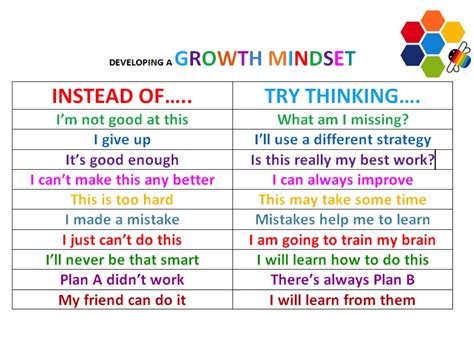
Conclusion: Thriving in Uncertainty
An antifragile mindset is a powerful tool for navigating the complexities of modern life. By actively seeking to benefit from disorder, volatility, and stress, you can transform financial uncertainties into opportunities for security and fitness plateaus into pathways for stronger, more adaptable health. It’s about more than just surviving; it’s about continuously evolving and improving in the face of whatever life throws your way.
